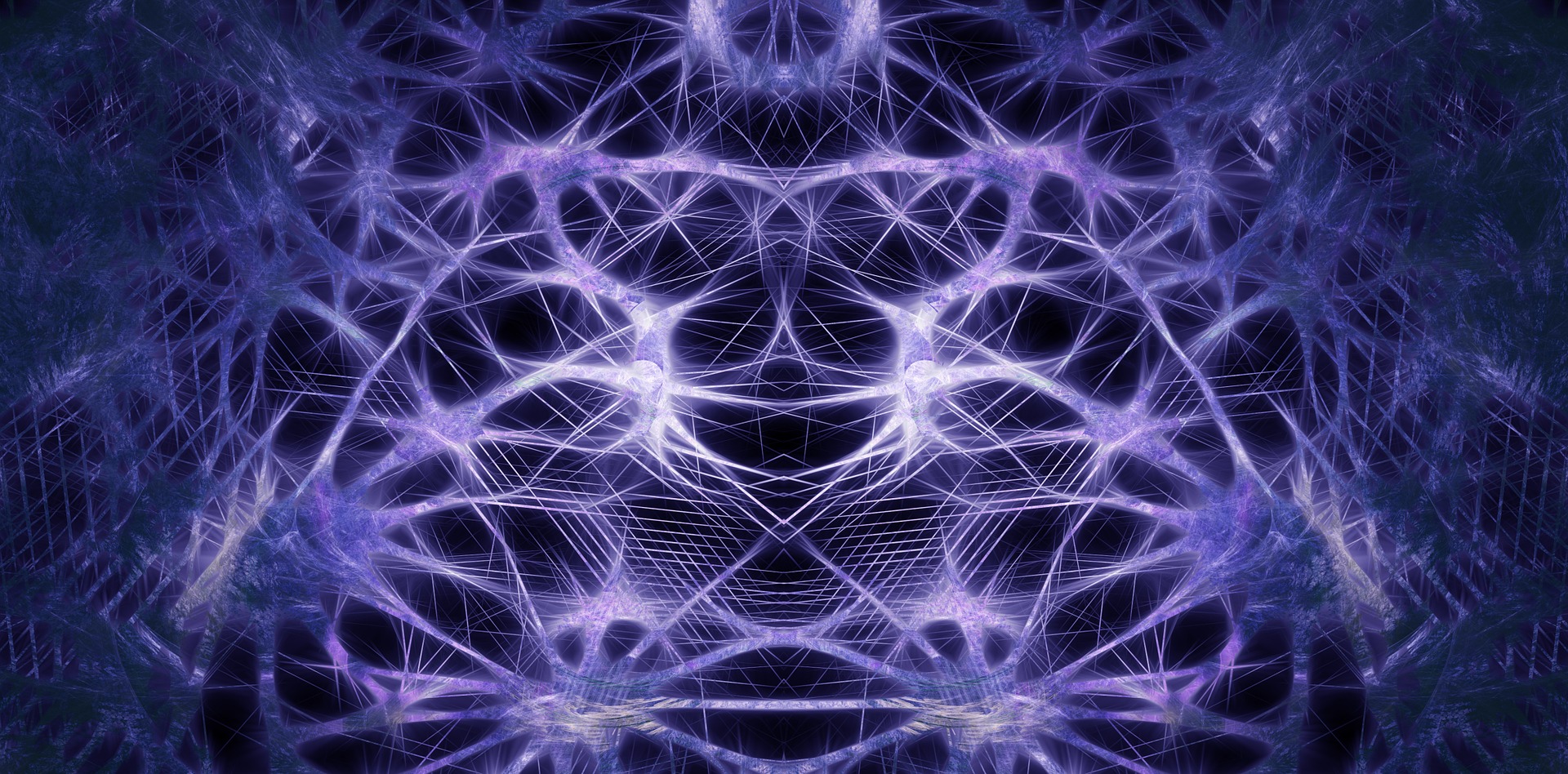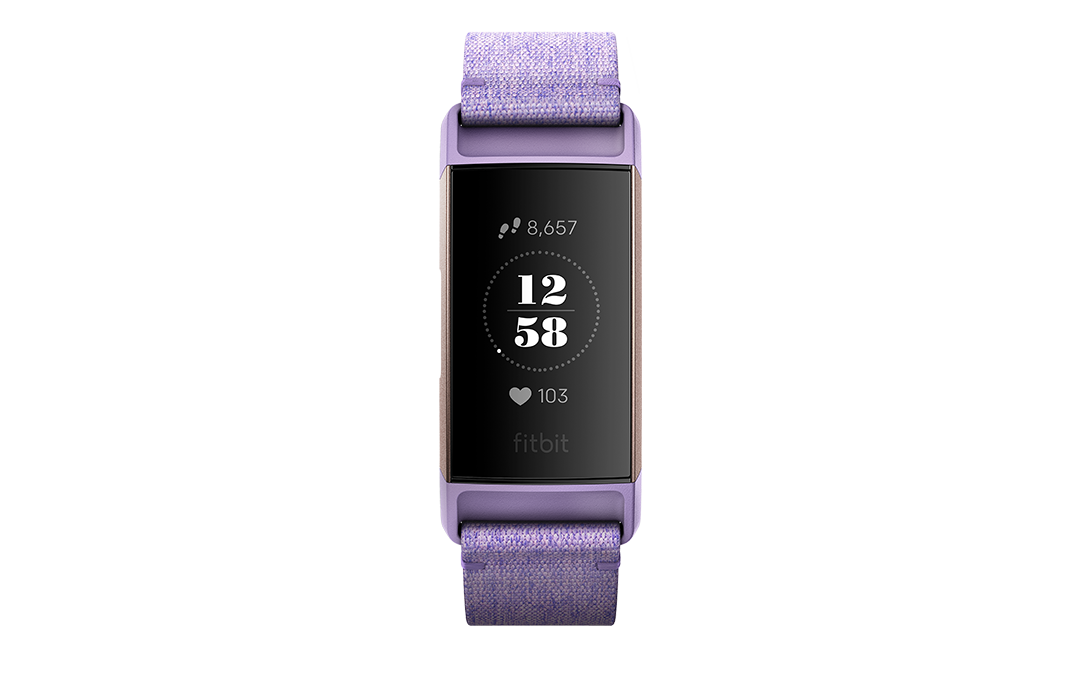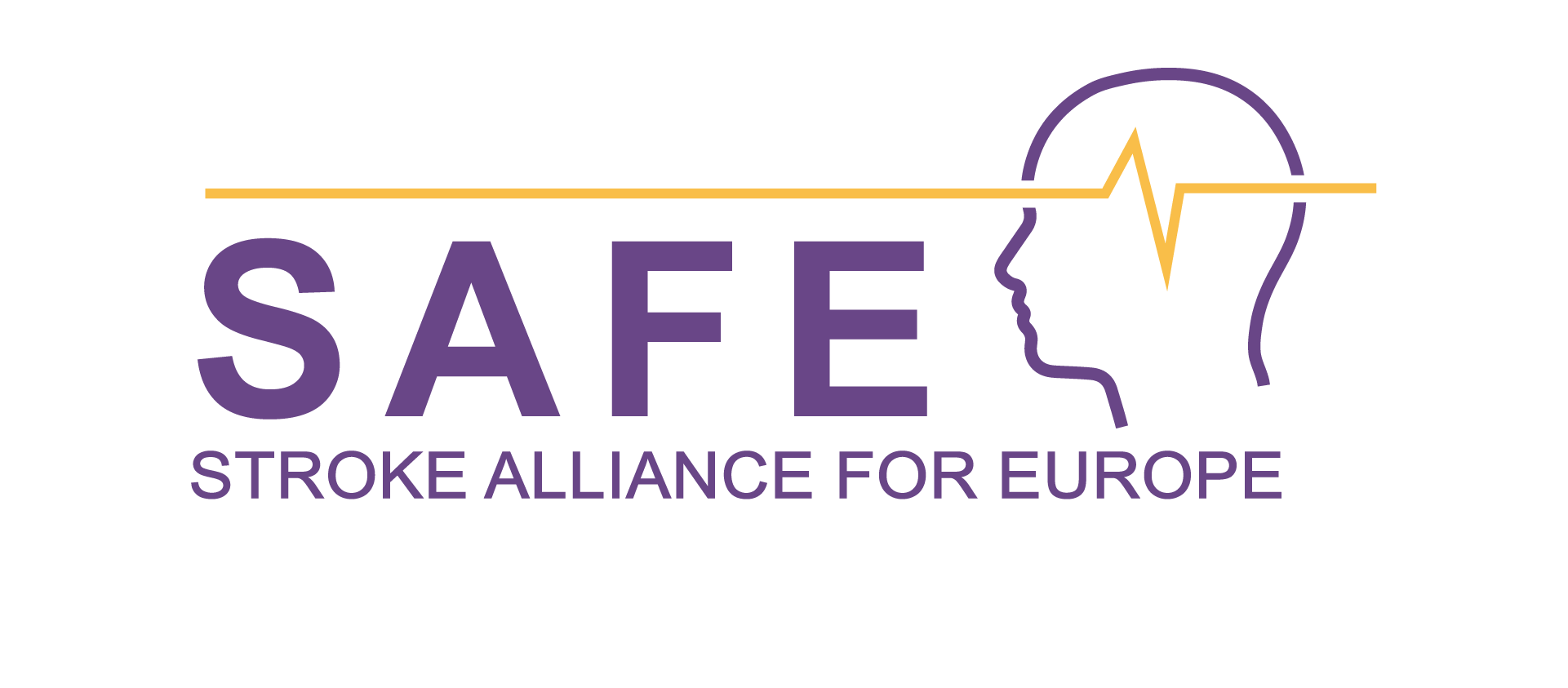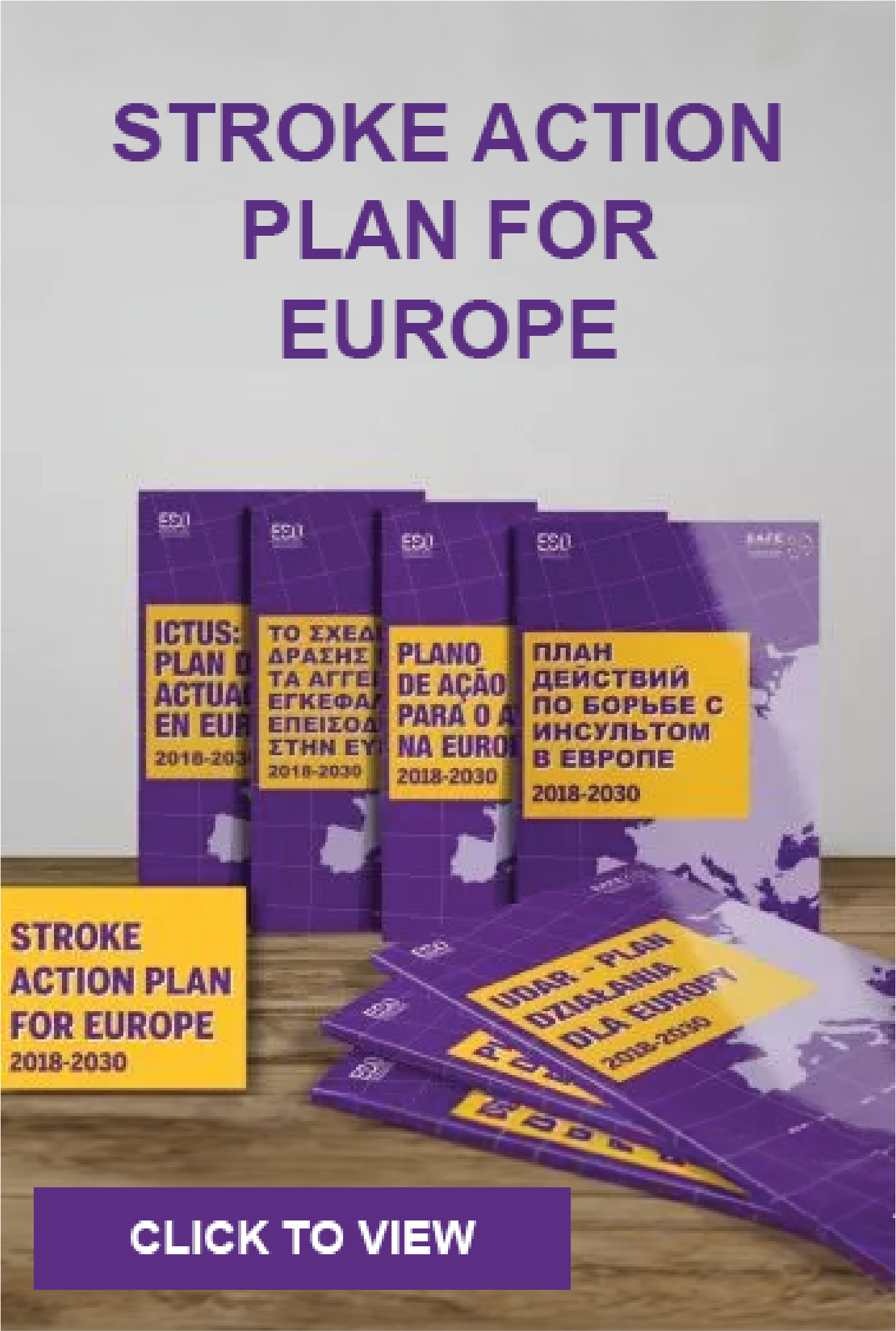
Dynamic reorganization of brain circuit with post-stroke rehabilitation
First published on ScienceDaily.com Nagoya City University (NCU) researchers have revealed an interaction between cortico-brainstem pathways during training-induced recovery in stroke model rats, providing valuable insights for improving rehabilitation methods. Upper...

Bristol-Myers Squibb and Pfizer Announce Randomized, Controlled Trial to Evaluate the Effect of Atrial Fibrillation Screening on Health Outcomes in Older Individuals
PRESS RELEASE ¦ FRIDAY, NOVEMBER 15, 2019 9:00 AM EST The Bristol-Myers Squibb-Pfizer Alliance today announced the initiation of a new randomized, controlled study, GUARD-AF (ReducinG stroke by screening for UndiAgnosed atRial fibrillation in elderly inDividuals). The...

Round Table Discussion for medical professionals: Learnings from the ESUS trials
Oruen, CNS medical publication and audio-visual platform, would like to recommend to your attention the latest round table discussion about learnings from the ESUS trials - Jesse Dawson, Martin Grond & Maurizio Paciaroni. Faculty: Jesse Dawson MD, Professor,...

The Bristol-Myers Squibb-Pfizer Alliance and Fitbit Collaborate to Address Gaps in Atrial Fibrillation Detection with the Aim of Accelerating Diagnosis
Leaders in atrial fibrillation and wearable technology to develop educational content around atrial fibrillation to help identify and support those at increased risk of stroke Press Release | THURSDAY, OCTOBER 17, 2019 The Bristol-Myers Squibb-Pfizer Alliance and...

Breastfeeding may help protect mothers against stroke
First published on SienceDaily Breastfeeding is not only good for babies, there is growing evidence it may also reduce the risk for stroke in post-menopausal women who reported breastfeeding at least one child, according to new research in Journal of the American...




